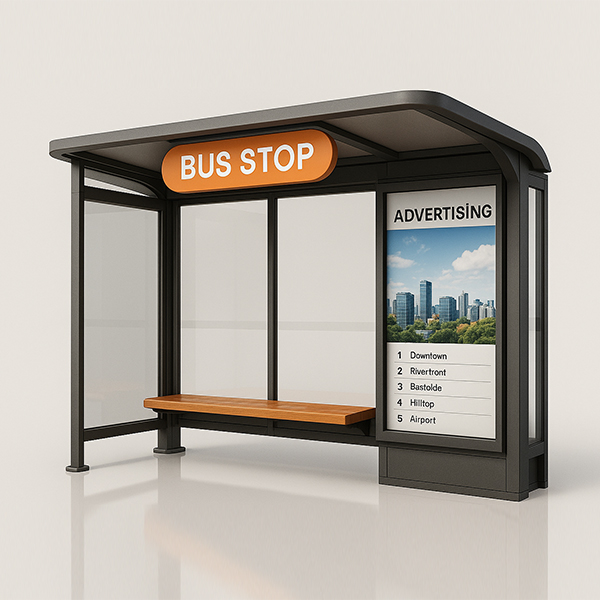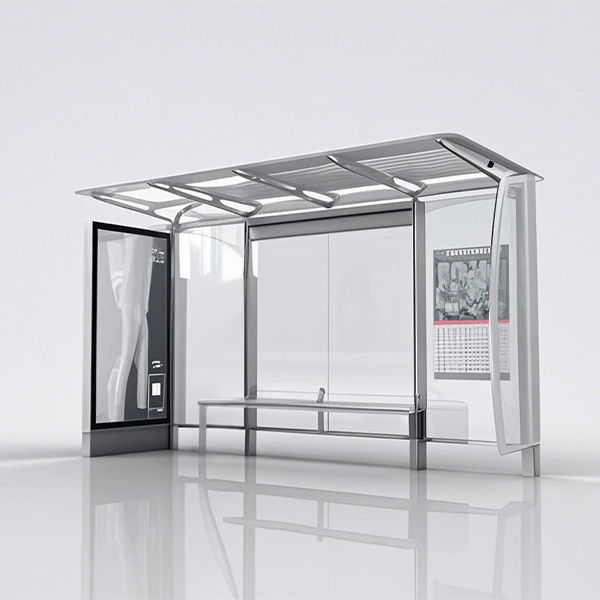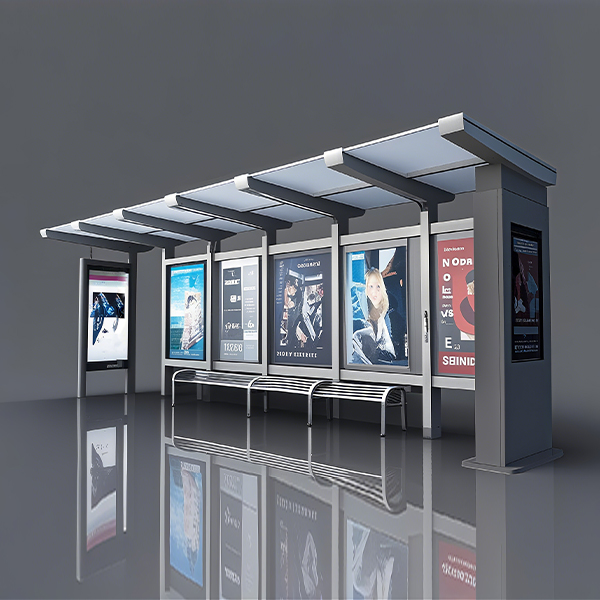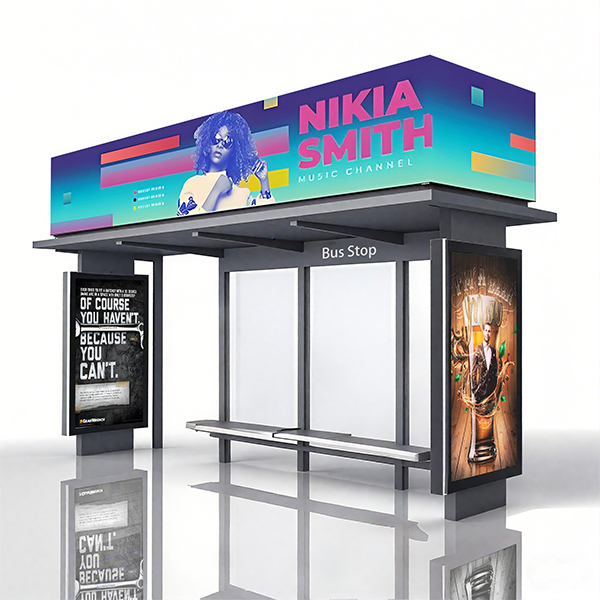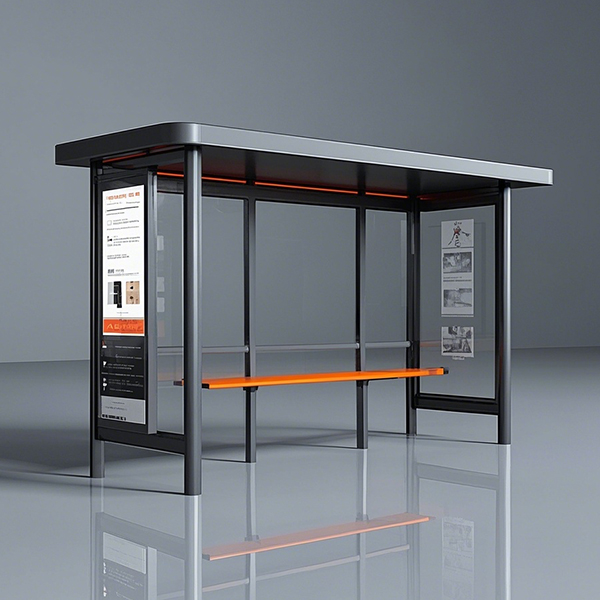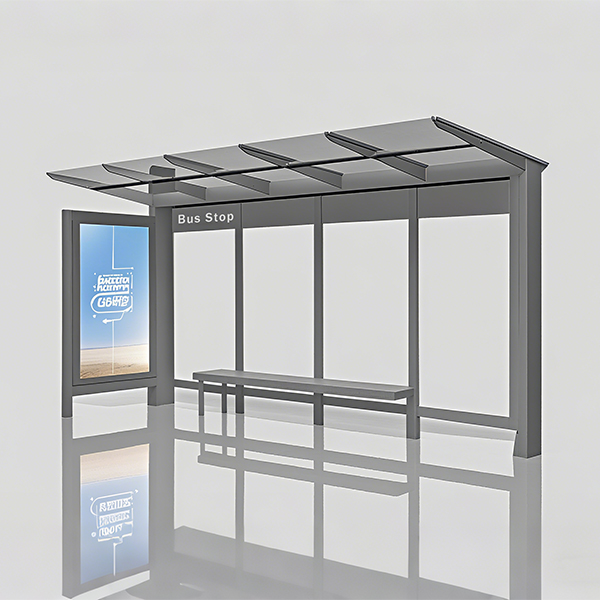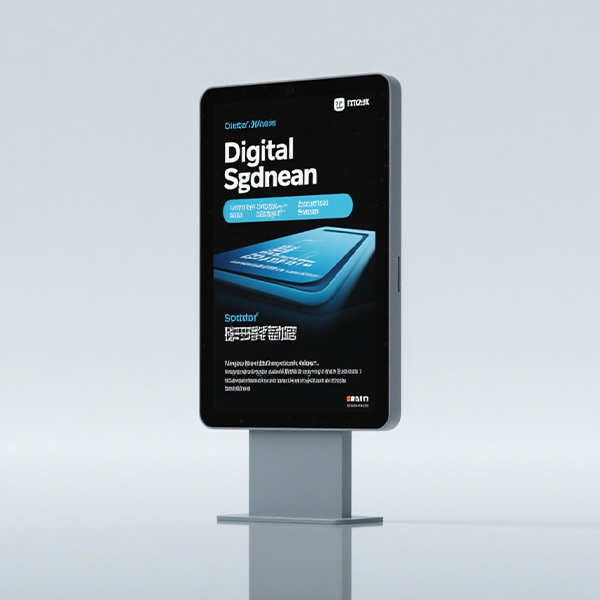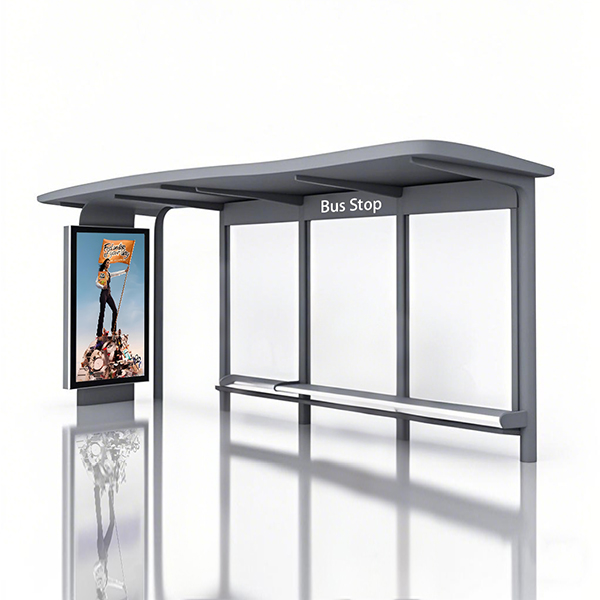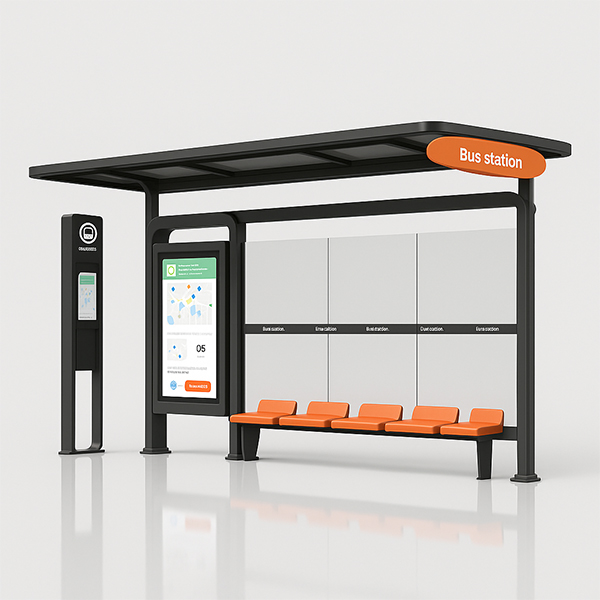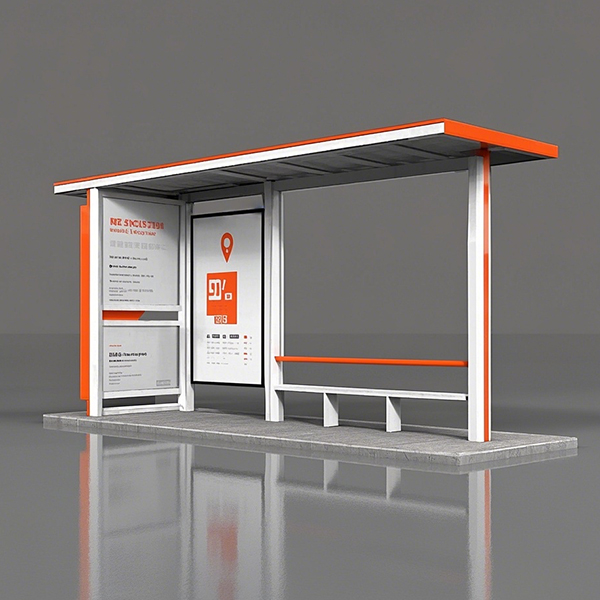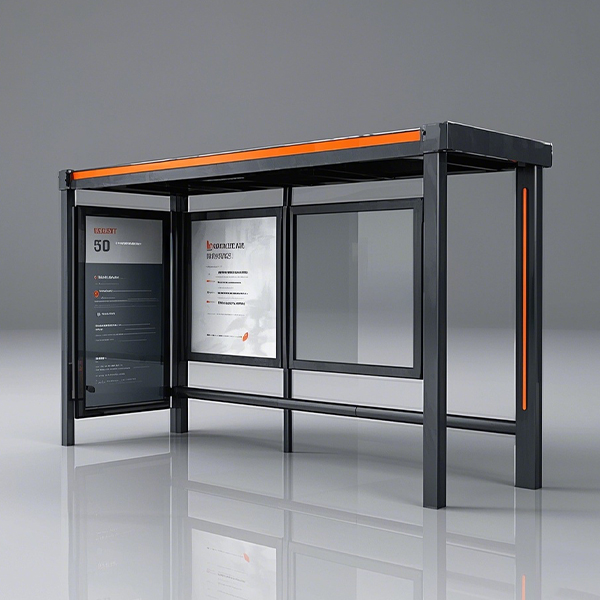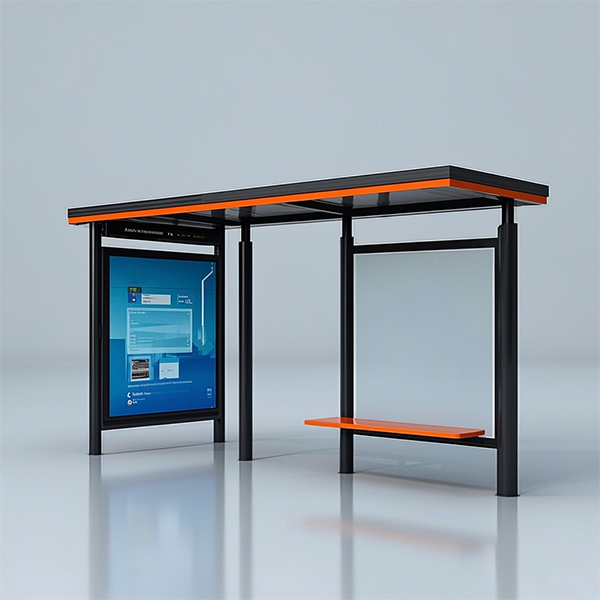
digital signage network
This guide explores the intricacies of building and managing a successful digital signage network, covering everything from initial planning to ongoing maintenance. Learn how to choose the right hardware and software, implement effective content strategies, and measure the ROI of your investment. Discover best practices for optimizing your network for maximum impact and explore real-world examples of successful deployments.
Planning Your Digital Signage Network
Defining Your Goals and Objectives
Before investing in a digital signage network, clearly define your goals. What do you hope to achieve? Increased brand awareness? Improved customer engagement? Streamlined internal communications? A clear understanding of your objectives will guide your decisions on hardware, software, and content strategy. Consider your target audience and the key messages you want to convey. For example, a retail environment might prioritize showcasing promotions and product information, while a corporate office might focus on internal communications and employee updates. This initial planning phase is crucial for maximizing the return on your investment.
Choosing the Right Hardware and Software
The hardware and software you choose will significantly impact the performance and scalability of your digital signage network. Factors to consider include screen size and resolution, display technology (LCD, LED, etc.), network connectivity (wired or wireless), and software capabilities (content management, scheduling, analytics). There’s a wide range of solutions available, from simple standalone players to sophisticated cloud-based systems. Research different vendors and compare their offerings based on your specific needs and budget. Solutions like those offered by Shandong Luyi Public Facilities Co., Ltd. offer comprehensive digital signage solutions.
Content Strategy and Implementation
Creating Engaging Content
Effective content is crucial for a successful digital signage network. Your content should be visually appealing, easy to understand, and relevant to your target audience. Consider using a mix of text, images, videos, and animations to keep your displays engaging. Regularly update your content to keep it fresh and relevant. High-quality visuals and concise messaging will ensure your audience stays engaged.
Scheduling and Content Management
Efficient content management is essential for a smoothly running digital signage network. Use a scheduling tool to automate the display of your content. This ensures that the right content is shown at the right time and on the right screens. Many software solutions offer drag-and-drop interfaces for easy scheduling and content management. The ability to remotely manage and update content simplifies maintenance and reduces downtime.
Measuring ROI and Optimization
Tracking Key Metrics
To assess the success of your digital signage network, track key metrics such as audience engagement (dwell time, views), click-through rates (if applicable), and overall campaign effectiveness. Use analytics dashboards provided by your software to monitor performance and make data-driven adjustments to your content and strategy. This data-driven approach allows for continuous improvement and optimization.
Optimizing Your Network for Maximum Impact
Regularly review your digital signage network's performance and make adjustments as needed. This includes analyzing content effectiveness, refining your scheduling strategy, and updating your hardware and software as technology advances. Consistent monitoring and optimization are essential for long-term success.
Real-World Examples and Case Studies
Example 1: Retail Environment
A large retail chain uses a digital signage network to showcase promotions, product information, and customer testimonials. The network is integrated with their point-of-sale system to display real-time sales data and personalized offers. This increases customer engagement and drives sales.
Example 2: Corporate Office
A multinational corporation utilizes a digital signage network to communicate internal news, announcements, and company updates across its global offices. This ensures consistent and timely communication, improving employee engagement and productivity.
Conclusion
Implementing a successful digital signage network requires careful planning, a strong content strategy, and ongoing optimization. By following the steps outlined in this guide, you can unlock the power of digital signage to enhance your brand, engage your audience, and achieve your business objectives. Remember to choose the right hardware and software, create compelling content, and track your results to ensure maximum return on investment.
Соответствующая продукция
Соответствующая продукция







